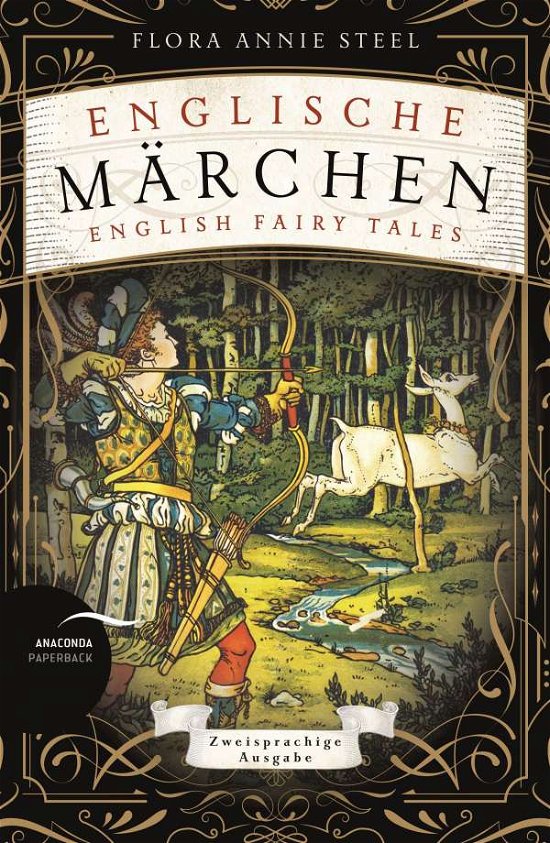
Tell your friends about this item:
The Adventures of Akbar
Flora Annie Steel
The Adventures of Akbar
Flora Annie Steel
Publisher Marketing: This illustrated book is the children's tale of Akbar as a child. Its great for the young and the young at heart. Historical Background: Akbar was thirteen years old when he ascended the Mughal throne in Delhi (February 1556), following the death of his father Humayun. During his reign, he eliminated military threats from the powerful Pashtun descendants of Sher Shah Suri, and at the Second Battle of Panipat he decisively defeated the newly self-declared Hindu king Hemu. It took him nearly two more decades to consolidate his power and bring all the parts of northern and central India into his direct realm. He influenced the whole of the Indian Subcontinent as he ruled a greater part of it as an emperor. As an emperor, Akbar solidified his rule by pursuing diplomacy with the powerful Hindu Rajput caste, and by marrying Rajput princesses. Akbar's reign significantly influenced art and culture in the country. He was a great patron of art and architecture He took a great interest in painting, and had the walls of his palaces adorned with murals. Besides encouraging the development of the Mughal school, he also patronized the European style of painting. He was fond of literature, and had several Sanskrit works translated into Persian and Persian scriptures translated in Sanskrit apart from getting many Persian works illustrated by painters from his court. During the early years of his reign, he showed intolerant attitude towards Hindus and other religions, but later exercised tolerance towards non-islamic faiths by rolling back some of the strict sharia laws. His administration included numerous Hindu landlords, courtiers and military generals. He began a series of religious debates where Muslim scholars would debate religious matters with Hindus, Sikhs, Jains, Carvaka atheists, Jews, and Portuguese Roman Catholic Jesuits. He treated these religious leaders with great consideration, irrespective of their faith, and revered them. He not only granted lands and money for the mosques but the list of the recipients included a huge number Hindu temples in north and central India, Christian churches in Goa and a land grant to the newly born Sikh faith for the construction of a place of worship. The famous Golden Temple in Amritsar, Punjab is constructed on the same site. He even founded a religion, the Din-i-Ilahi (Divine Faith), which included the teachings of major religions of the world, but it amounted only to a form of personality cult for Akbar and started dissolving after his death. Shahzada (Son of an emperor) Akbar was born on 14 he fourth day of Rajab, 949 AH), at the Rajput Fortress of Umerkot in Sindh (in modern day Pakistan), where Emperor Humayun and his recently wedded wife, Hamida Banu Begum of Paat village were taking refuge. At birth Akbar was named Badruddin, because he was born on the night of a badr (full moon). After the capture of Kabul by Humayun, Badruddin's circumcision ceremony was held and his date of birth and name were changed to throw off evil sorcerers and he was re-named Jalalu-d-din Muhammad by Humayun, a name which he had heard in his dream at Lahore.
| Media | Books Paperback Book (Book with soft cover and glued back) |
| Released | May 21, 2011 |
| ISBN13 | 9781463510190 |
| Publishers | Createspace |
| Pages | 136 |
| Dimensions | 203 × 254 × 7 mm · 285 g |
More by Flora Annie Steel
More from this series
See all of Flora Annie Steel ( e.g. Paperback Book , Hardcover Book and Book )


































